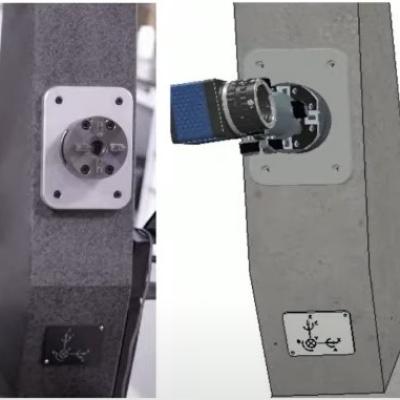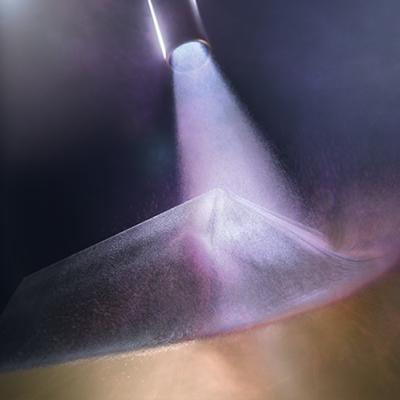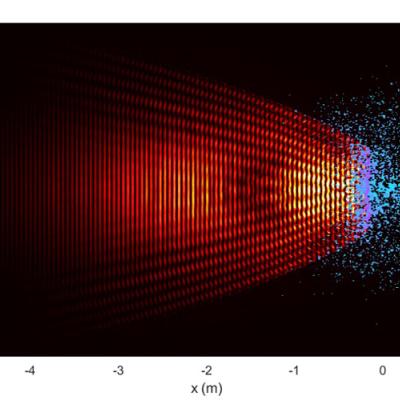This invention works by imaging an ultrafast pulse diffracted from a large grating onto a spatial light modulator (SLM) thereby directly transcribing an arbitrary record on a pulse front tilted (PFT) ultrafast pulse. The grating generates PFT of the input pulse, and the SLM provides temporal control of the pulse through the space-to-time mapping of the tilted pulse. Coupling this patterned…
Keywords
- Show all (84)
- Additive Manufacturing (37)
- 3D Printing (7)
- Compact Space Telescopes (5)
- Laser Materials Processing (5)
- Diode Lasers (4)
- Optical Damage Mitigation (3)
- Precision Optical Finishing (3)
- Manufacturing Automation (2)
- Sensors (2)
- Synthesis and Processing (2)
- Additively Manufactured (AM) Optics (1)
- Electric Grid (1)
- Manufacturing Simulation (1)
- Material Design (1)
- Microfabrication (1)
- Precision Engineering (1)
- Ultrashort Pulse Lasers (1)
- Volumetric Additive Manufacturing (1)
- (-) Manufacturing Improvements (3)
- (-) RF Photonics (3)
Technology Portfolios

This invention exploits the non-linearities of optical Mach-Zehnder (MZ) electrooptic modulators to enhance small signal dynamic range at higher bandwidths. A linear photodiode (PD) converts the amplified optical signal output from the MZ back to an electrical signal completing an Electrical-Optical-Electrical (EOE) conversion cycle. The dynamic range can be further enhanced by daisy chaining…

LLNL’s novel approach utilizes a number of techniques to improve reconstruction accuracy:

LLNL researchers in the NIF Directorate DoD Technologies RF Photonics Group explored phase modulation solutions to this signal processing challenge. Optical frequency combs offer phase noise characteristics that are orders of magnitude lower than available from commercial microwave references. The Photonics Group researchers recognized that by converting the intensity information into phase,…


LLNL pioneered the use of tomographic reconstruction to determine the power density of electron beams using profiles of the beam taken at a number of angles. LLNL’s earlier diagnostic consisted of a fixed number of radially oriented sensor slits and required the beam to be circled over them at a fixed known diameter to collect data. The new sensor design incorporates annular slits instead,…
